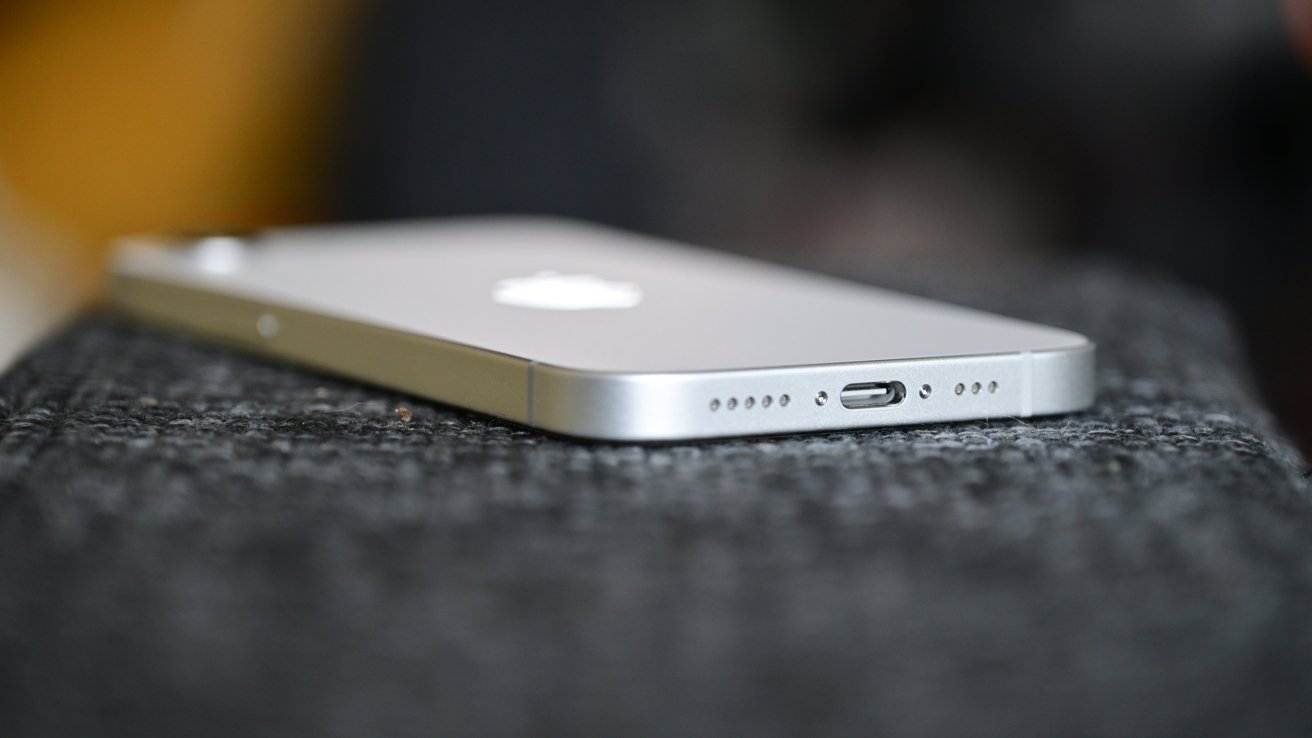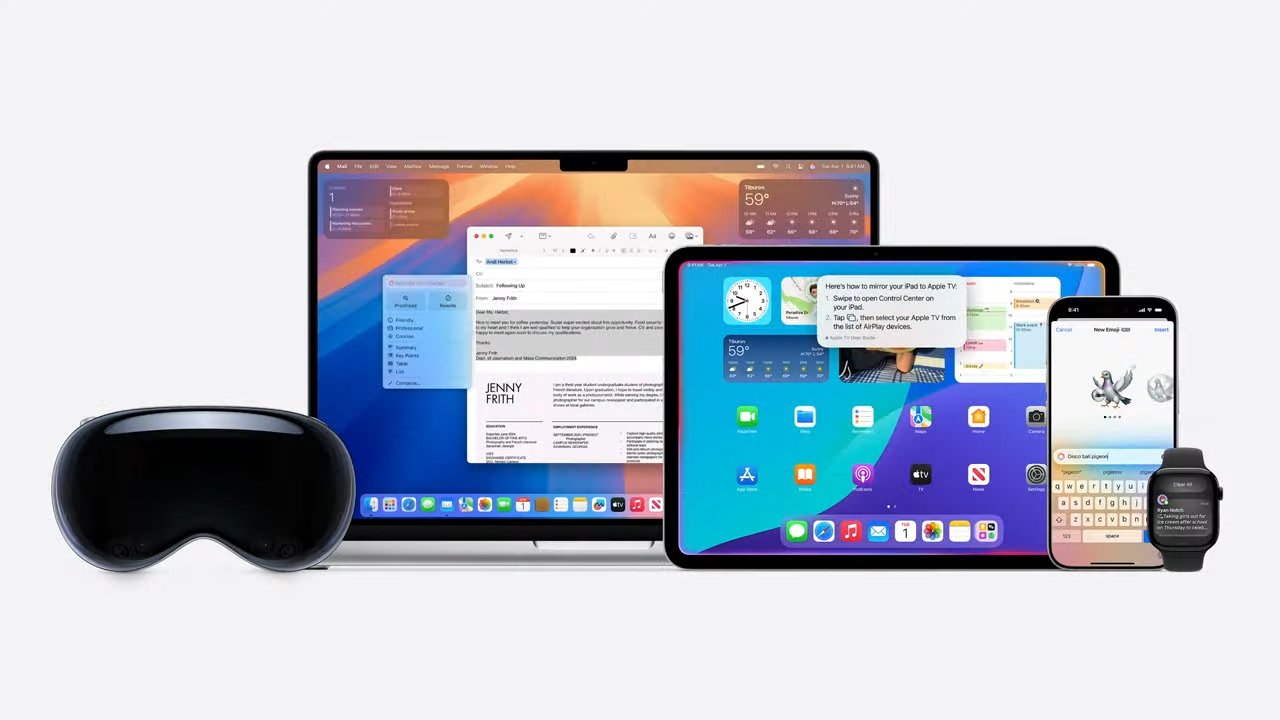Apple’s Legal Battle Over iOS 26 Leaks: Unraveling the Prosser-Ramacciotti Case
In July 2025, Apple initiated legal proceedings against tech YouTuber Jon Prosser and his associate, Michael Ramacciotti, alleging unauthorized access and dissemination of confidential information pertaining to the then-upcoming iOS 26. This lawsuit has since evolved into a complex legal battle, shedding light on the intricate dynamics between tech companies and independent content creators.
The Genesis of the Lawsuit
The controversy began in April 2025 when Jon Prosser released videos showcasing what he claimed were designs of iOS 26, notably highlighting the Liquid Glass redesign. To protect his sources, Prosser utilized artist renderings instead of actual screenshots. However, Apple contends that these leaks were the result of unauthorized access to proprietary information.
According to Apple’s lawsuit, Ramacciotti exploited his friendship with Apple employee Ethan Lipnik to gain access to a development iPhone. Allegedly, without Lipnik’s knowledge, Ramacciotti used the device to display iOS 26 features to Prosser via a FaceTime call. This unauthorized access led to Lipnik’s termination for failing to secure the development device as per company policy. Apple further claims that Prosser orchestrated this scheme, promising to find a way for Ramacciotti to receive payment for the leaked information.
Legal Proceedings and Developments
As the case progressed, Apple accused Prosser of missing a court-mandated deadline to respond to the lawsuit. Prosser refuted this claim, stating, I have been in active communications with Apple since the beginning stages of this case. Despite his assertion, court records indicate that Apple successfully petitioned to proceed without Prosser’s response, with the court granting this request on October 17, 2025.
In contrast, Ramacciotti has been more cooperative. He admitted to accessing the confidential information but denied any intent to monetize it. His legal representatives described him as a lifelong Apple fanboy who failed to grasp the significance of the information he obtained. Ramacciotti has provided Apple with his computers, archives, and full access to his emails. However, Apple alleges that he intentionally deleted several hundred thousand text messages after being instructed to preserve them as evidence—a standard requirement in legal disputes. Ramacciotti’s lawyers argue that this deletion was either an oversight or a misunderstanding of the directive.
Potential Settlement and Ongoing Discussions
Recent court filings reveal that Apple and Ramacciotti’s legal team have engaged in informal settlement discussions. Both parties have expressed willingness to work with a mediator or a court-appointed settlement judge. This development suggests a possible resolution between Apple and Ramacciotti, though it remains unclear whether Prosser is involved in these discussions. The court filing specifies that Ramacciotti has agreed to respond formally by October 29, 2025.
Implications for Tech Journalism and Leaks
This lawsuit underscores the delicate balance between tech companies’ desire to maintain secrecy and the public’s appetite for early information about upcoming products. While leaks can generate excitement and anticipation, they can also lead to legal repercussions for those involved. The case also highlights the ethical considerations for content creators who rely on insider information, raising questions about the boundaries between journalism, content creation, and corporate confidentiality.
Conclusion
As the legal proceedings continue, the tech community watches closely to see how this case will unfold and what precedents it may set for future interactions between corporations and independent content creators. The outcome could have significant implications for how information is shared and protected in the rapidly evolving tech landscape.



